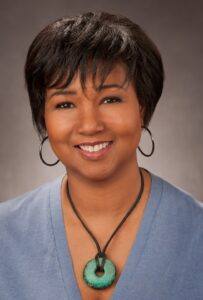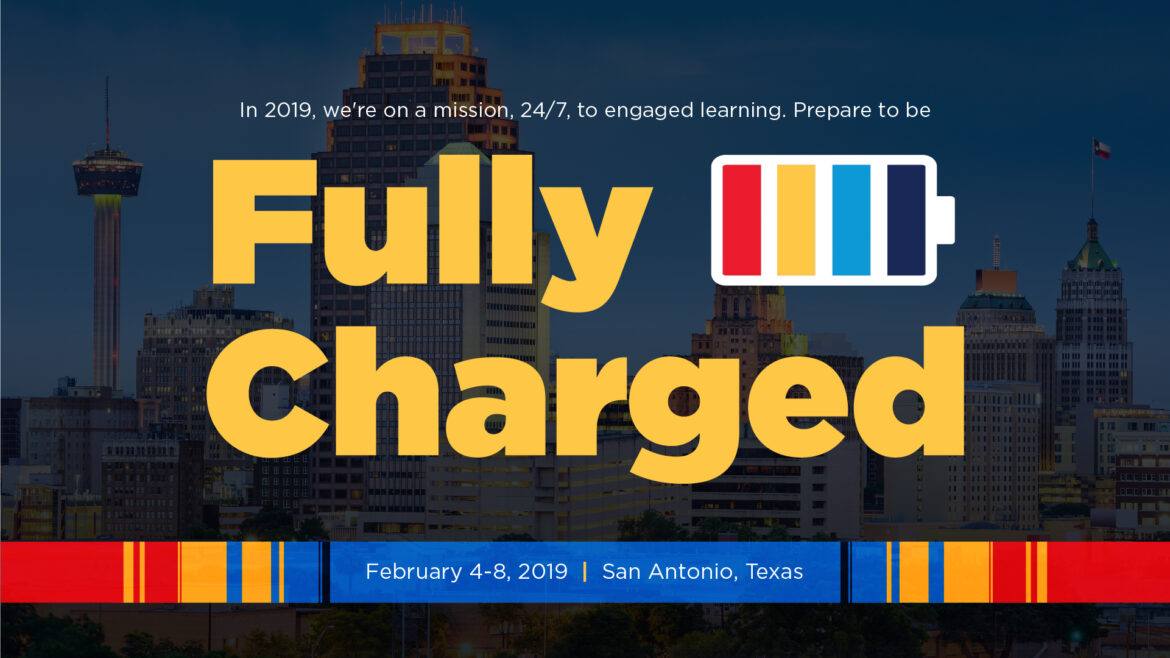 If you’re gearing up for the 2019 TCEA Convention & Exposition right now, then one of the many things you’re probably excited about is our opening keynote from Dr. Mae Jemsion. (And if you’re not currently gearing up for the Convention, don’t worry; there’s still time to register.) Dr. Jemison has long worked in STEM fields. She is a former astronaut and an engineer, social scientist, entrepreneur, and educator. You can learn more fun facts about her background here.
If you’re gearing up for the 2019 TCEA Convention & Exposition right now, then one of the many things you’re probably excited about is our opening keynote from Dr. Mae Jemsion. (And if you’re not currently gearing up for the Convention, don’t worry; there’s still time to register.) Dr. Jemison has long worked in STEM fields. She is a former astronaut and an engineer, social scientist, entrepreneur, and educator. You can learn more fun facts about her background here.
Her approach to education and encouraging future scientists, tech leaders, engineers, and mathematicians is to cultivate their curiosity about the world. I had the pleasure of speaking to Dr. Jemison and learning a bit more about her views on education, STEM learning, and more.
Embracing Curiosity as the Heart of Science
Dr. Jemison describes her own love of science in childhood as blossoming from her curiosity about the world around her. “For me, I wanted to know how the world works. Every child wants to know how the world works.” She encourages educators to really harness that innate desire to explore. “That’s the point at which we really need to connect as educators: honoring and respecting and integrating that incredible curiosity. Children come out picking up bugs and looking at things and trying to experiment, and that’s how they learn about the world. Sometimes we get so carried away with the idea of professionals ‘doing STEM’ that we forget that at the base of all of this is trying to understand the world around us.”
“I think one of the issues that can happen in education is we actually destroy that [curiosity]. We want a specific answer. We ask for something to be memorized. And that’s not the best way.”
Encouraging Student Exploration
One of the first things Dr. Jemison did after leaving NASA was to apply this philosophy to the science camp she founded called The Earth We Share. She describes the approach she took there. “It was about science literacy. And it was for students 12-16 years old because that’s the age when they start falling out of the sciences. But the reality is they are really excited about the world around them. They have incredible motivation.”
She developed a curriculum with the help of educators, child psychiatrists, and others that was focused on developing problem solving and critical thinking skills. “We let students answer questions like ‘Predict the hot public stocks in the year 2030’ or ‘Design the world’s perfect house’ or ‘How many people can the Earth hold?’ We created a methodology that was really experiential.” The students at the camp worked on solving problems together and then presenting their solutions. Working together, they were able to really invest themselves in their team’s solutions. “When working on teams, peer pressure can actually be a wonderful thing. They don’t want to let their team down.”
Helping Educators Support Students
The Earth We Share program was designed to help teachers as much as students. “We wanted to give teachers the opportunity to see that you could get even better results when you have the students in pursuit of information rather than you telling them they have to absorb it.” She encourages teachers to guide students in searching for their own answers by trying things out.
When asked what teachers can be doing to prepare students for the future workforce, Dr. Jemison says, “Again, our goal is to harness that innate construct for information gathering and problem-solving and to refine it. When we learn best, it’s often by doing stuff. You learn all these miscellaneous things along the way [to solving a problem] that may or may not be relevant. You have to learn to filter it to find the right information to solve the problem.”
“We want to ask the question, and then we want an immediate answer from the kids. But sometimes you need to get enough questions out there to understand the range and complexity of a problem. Have the students produce the questions. What do they think they need to understand in order to solve the problem?” At the Earth We Share, they called this the “discovery method.”
Another way Dr. Jemison sees that educators can help support student curiosity and problem-solving is to embrace differences and allow students to learn how they learn best. “An issue I sometimes see in education is that we want everybody to learn at the same rate and the same way and the same thing.” By letting students learn in the way that is best for them, it can allow their curiosity and critical thinking skills to flourish.
See You in San Antonio!
Do you want to hear more from Dr. Mae Jemison and the exciting things she sees coming for education and science? Make sure to check out her keynote at the 2019 TCEA Convention & Exposition in San Antonio. She’ll be speaking on February 5 at 1 p.m.

